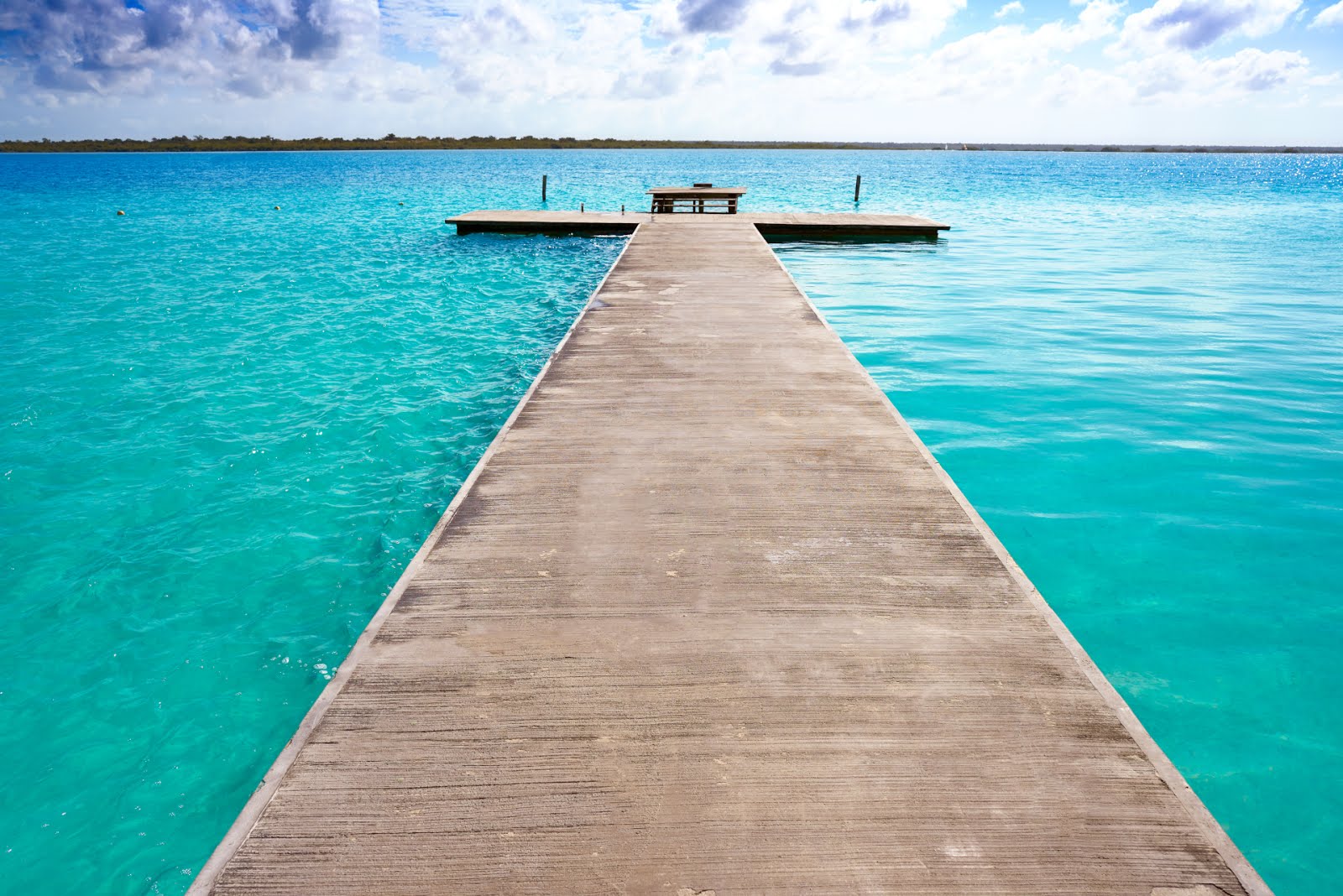🇧🇧 Barbados Overview
Barbados is a small island nation in the Caribbean, known for its friendly people, pristine beaches, British colonial history, and vibrant Afro-Caribbean culture. Though it became a republic in 2021, it retains strong ties to its British heritage alongside its rich African roots.
🥘 Food of Barbados (Bajan Cuisine)
Barbadian food blends African, British, and Caribbean influences. The cuisine is flavorful, often featuring herbs, spices, and seafood.
Popular Dishes:
-
Flying Fish and Cou-Cou (National Dish): Steamed flying fish served with a cornmeal and okra-based side.
-
Macaroni Pie: Cheesy baked pasta often served with meat.
-
Pepperpot: Spicy meat stew with cassareep (a thick sauce made from cassava root).
-
Fish Cakes: Spicy salted cod fritters.
-
Cutters: Sandwiches made with Bajan salt bread and fillings like flying fish or ham.
Drinks:
-
Mauby (a bittersweet local drink from tree bark)
-
Rum punch (Barbados is the birthplace of rum—Mount Gay is the oldest brand)
-
Coconut water and fresh fruit juices
👕 Clothing
Barbadians (or Bajans) typically dress in a relaxed yet stylish way, suitable for tropical weather.
Daily Wear:
-
Light cotton clothing due to the warm climate (t-shirts, sundresses, shorts)
-
Flip-flops or sandals
-
Hats and sunglasses are common
Formal/Traditional:
-
British-influenced formalwear for church and official events
-
Traditional African-inspired garments during festivals or cultural events
Cultural Notes:
-
Swimwear is appropriate for the beach only—locals usually dress modestly when not swimming.
🌴 Lifestyle
Barbados offers a laid-back island lifestyle with a strong sense of community and hospitality.
Key Features:
-
Warm and friendly people known for politeness and respect
-
Music and dance play a huge role (especially Calypso, Soca, and Tuk music)
-
Cricket is a national obsession, reflecting its British heritage
-
Education and literacy are highly valued; Barbados boasts a high literacy rate
-
Festivals: Crop Over (held in July-August) is the most famous, featuring parades, costumes, and calypso music
🏝️ Beautiful Places to Visit
Barbados is packed with natural beauty, colonial architecture, and cultural landmarks.
Top Spots:
-
Bathsheba Beach: Dramatic surf and rock formations
-
Harrison's Cave: Underground limestone caves with streams and stalactites
-
Carlisle Bay: White-sand beach and snorkeling haven
-
Animal Flower Cave: Sea cave with pools and sea anemones
-
St. Nicholas Abbey: Historic sugar plantation house and rum distillery
-
Oistins: Fishing village famous for Friday night fish fry and dancing
🛐 Religions
Barbados is religiously diverse but predominantly Christian.
Major Religions:
-
Anglicanism (Church of England) – historically dominant
-
Pentecostal, Methodist, Roman Catholic, and Baptist denominations
-
Rastafarianism – has a small but visible community
-
Some Hinduism, Islam, and Spiritual Baptist presence
Religion in daily life:
-
Churches are central to community life
-
Religious holidays like Easter and Christmas are widely celebrated
-
Gospel music is popular, and many people attend weekly services
.jpg)


.jpg)

.jpg)



.jpg)
